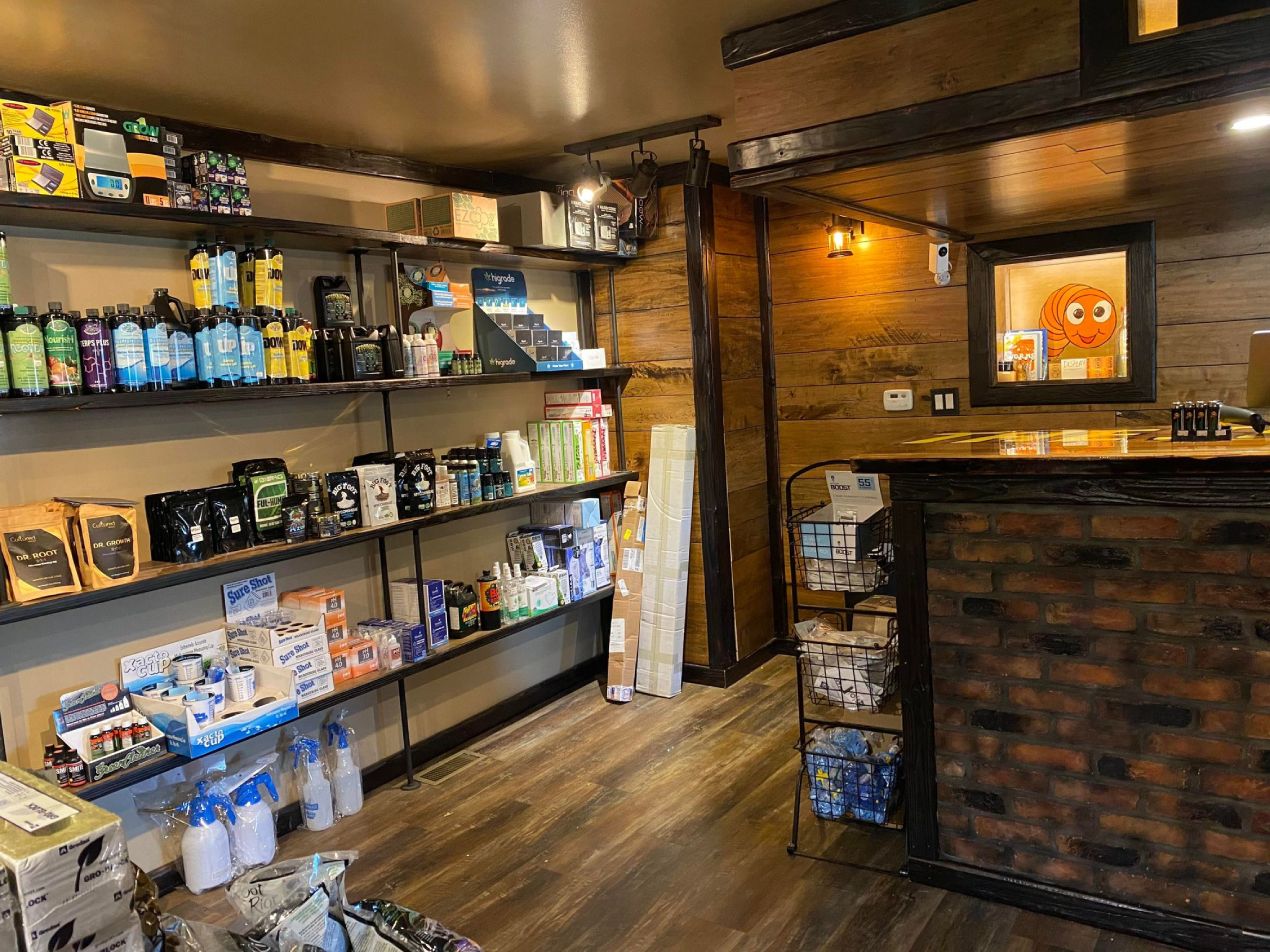The Ultimate Guide to Hydroponic Systems and Techniques
In the globe of modern-day agriculture, hydroponic systems have actually emerged as a groundbreaking technique for growing plants without soil. As we discover the details of hydroponics in this comprehensive overview, we will certainly navigate with the different kinds of systems, discover the essential nutrients important for plant growth, and dive right into sophisticated strategies that can substantially boost yields.
Advantages of Hydroponic Equipments
Hydroponic systems offer a wide variety of benefits, consisting of reliable resource usage and exact nutrient shipment to plants. By giving a regulated environment for plant growth, hydroponic systems enable ideal water and nutrient usage, causing greater returns compared to conventional soil-based cultivation. This effectiveness not only saves sources but also reduces waste, making hydroponic systems ecologically friendly.
Additionally, the exact shipment of nutrients in hydroponic systems permits modification based upon the certain requirements of each plant range. This targeted technique ensures that plants get the appropriate balance of crucial nutrients, advertising much healthier growth and reducing the danger of nutrient deficiencies or imbalances. Additionally, the capacity to check and readjust nutrient degrees in real-time maximizes plant efficiency and total crop high quality.
In addition, hydroponic systems get rid of the demand for herbicides and chemicals, as the closed-loop system reduces the risk of insects and diseases that are generally located in soil-based farming - The Indoor Earthworm. This not only profits the plants and the atmosphere but likewise contributes to generating cleaner, much healthier crops for intake
Sorts Of Hydroponic Setups

Deep Water Society (DWC) includes putting on hold plant roots in a nutrient solution, enabling sufficient oxygenation. Nutrient Movie Method (NFT) utilizes a superficial stream of nutrient solution flowing over the plant roots, giving a constant supply of nutrients. Ups and downs systems flood the plant origins at periods, guaranteeing they get nutrients and oxygen. Leak systems include leaking a nutrient service onto the plant roots, offering precise control over feeding. Aeroponics hazes the plant origins with a nutrient remedy, making the most of oxygen absorption.
Each kind of hydroponic Your Domain Name arrangement has its benefits and is suited to various plant ranges and development phases. Comprehending the distinct attributes of these systems can assist hydroponic growers pick one of the most appropriate setup for their details requirements and preferences.
Vital Nutrients for Hydroponics
In hydroponic systems, plants count on an accurate equilibrium of vital nutrients to flourish and expand efficiently. These necessary nutrients are crucial for different plant features such as photosynthesis, origin advancement, and total growth.
In enhancement to macronutrients, plants additionally need secondary nutrients like sulfur, calcium, and magnesium, as well as micronutrients such as iron, copper, zinc, and manganese (The Indoor Earthworm). These nutrients are vital for making sure that plants have all the essential foundation to execute essential organic procedures

Advanced Techniques for Optimum Return
To attain ideal yields in hydroponic systems, farmers can carry out advanced methods that improve plant development and efficiency. Additionally, using methods like plant training and pruning can aid enhance light distribution and air movement, making sure that all parts of the plant obtain sufficient light and nutrients. Making use of automated systems for nutrient shipment and surveillance can assist keep ideal nutrient levels, lowering the risk of shortages or imbalances that can prevent plant growth.
Troubleshooting Common Hydroponic Issues
One widespread issue is nutrition deficiencies, where plants do not have crucial components for healthy and balanced growth. Preserving the right pH variety details to the her explanation plant being expanded is important for optimal nutrient uptake. By immediately determining and attending to these typical hydroponic issues, growers can keep healthy plants and make best use of yields in their hydroponic systems.
Final Thought
Finally, hydroponic systems offer numerous special info advantages for growing plants successfully. By making use of different kinds of arrangements and supplying necessary nutrients, growers can attain optimal yield through progressed techniques. It is very important to repair common concerns that may arise in order to keep a successful hydroponic procedure. With cautious preparation and interest to information, hydroponic systems can change the means plants are cultivated, bring about more productive and lasting agricultural methods.
By supplying a controlled atmosphere for plant development, hydroponic systems enable ideal water and nutrient use, leading to higher returns contrasted to traditional soil-based growing. The Indoor Earthworm. Nutrient Movie Technique (NFT) uses a superficial stream of nutrient remedy flowing over the plant roots, giving a constant supply of nutrients. Tracking and changing nutrient degrees based on plant development phases is essential to preventing nutrient deficiencies or poisonings and optimizing plant performance in hydroponic systems
Additionally, utilizing strategies like plant training and trimming can help optimize light distribution and airflow, making sure that all parts of the plant receive sufficient light and nutrients. Using automated systems for nutrient shipment and tracking can assist keep optimal nutrient degrees, decreasing the danger of shortages or inequalities that can prevent plant development.